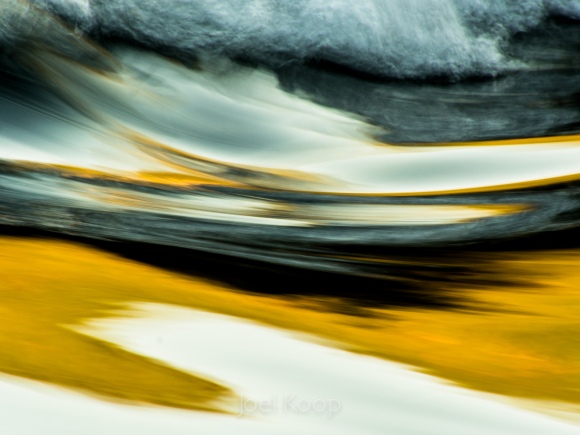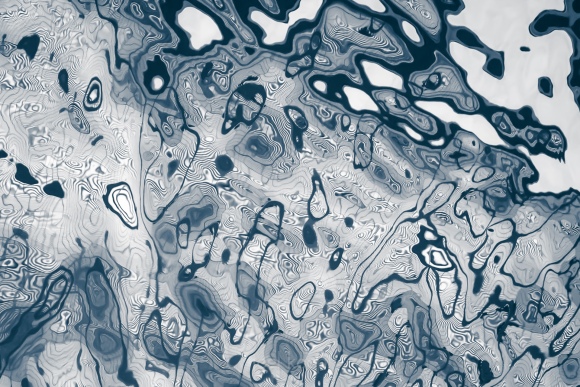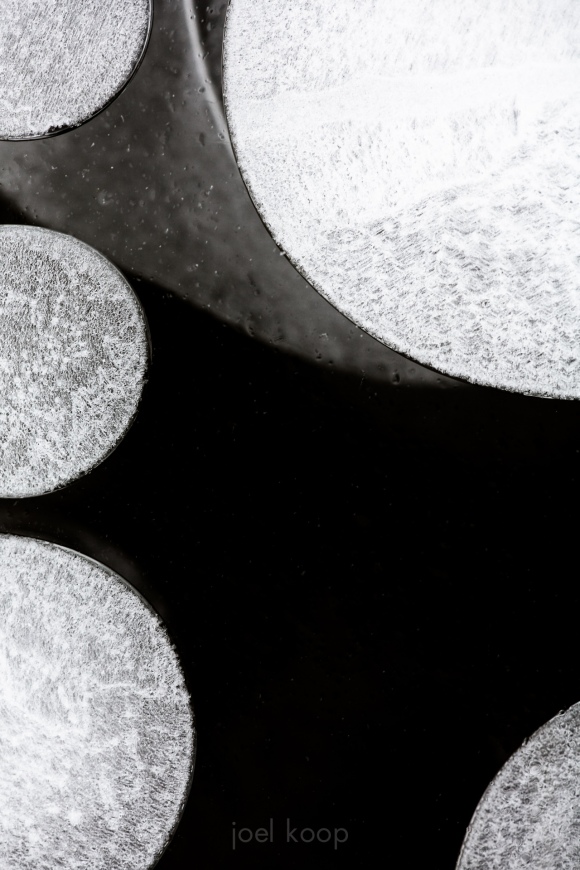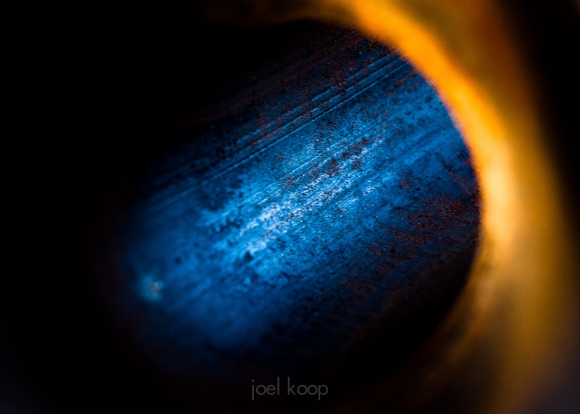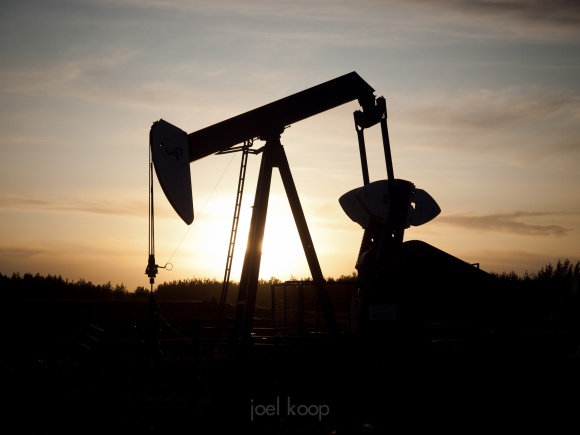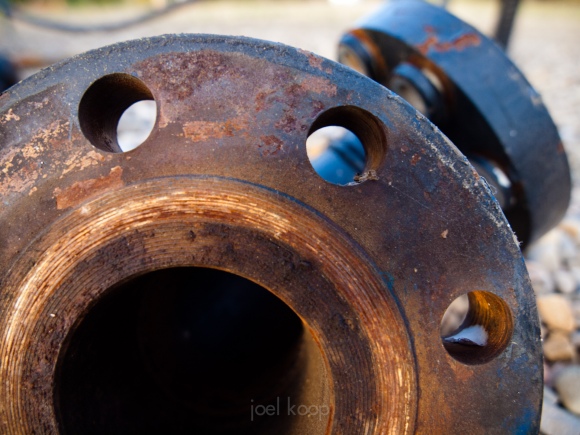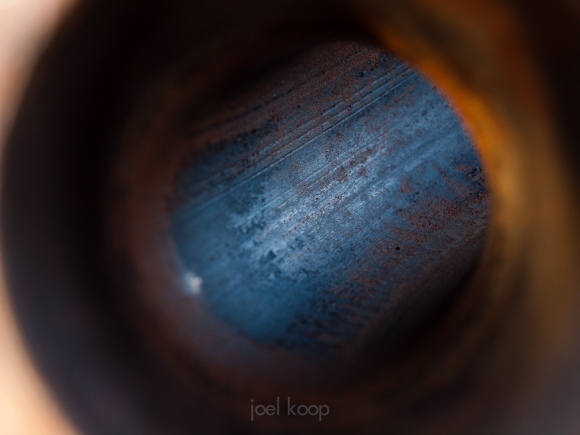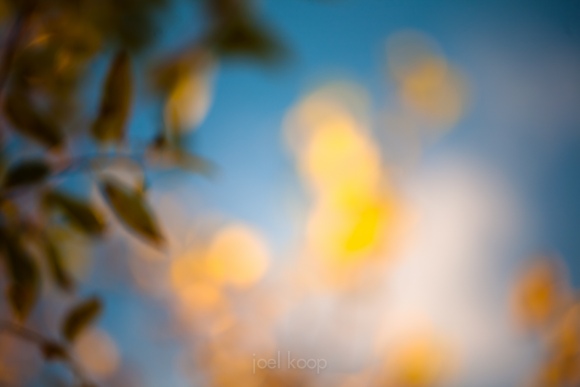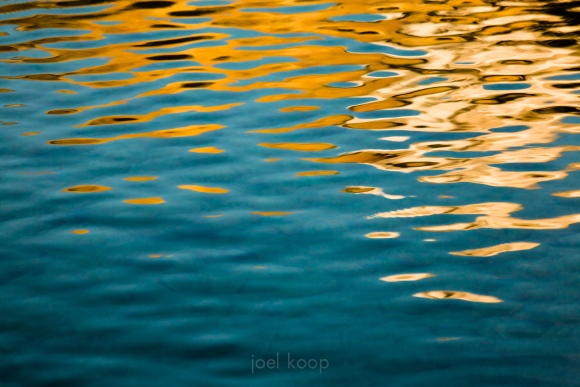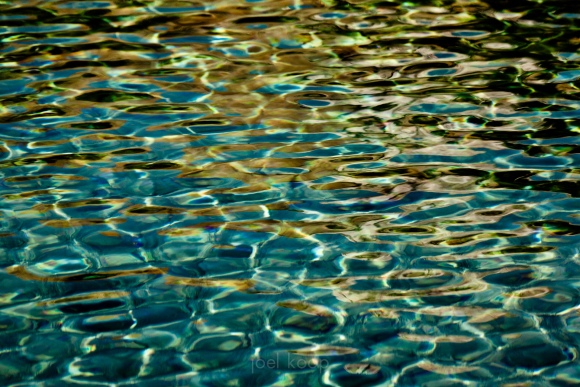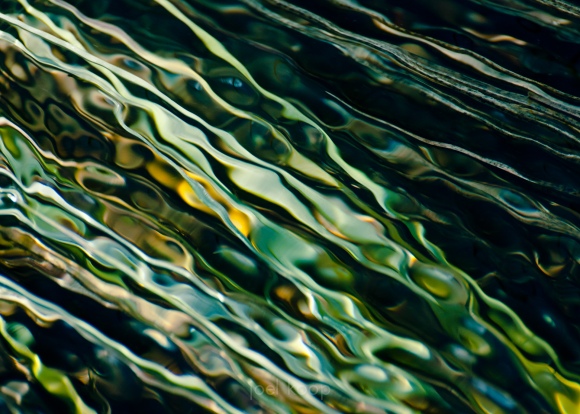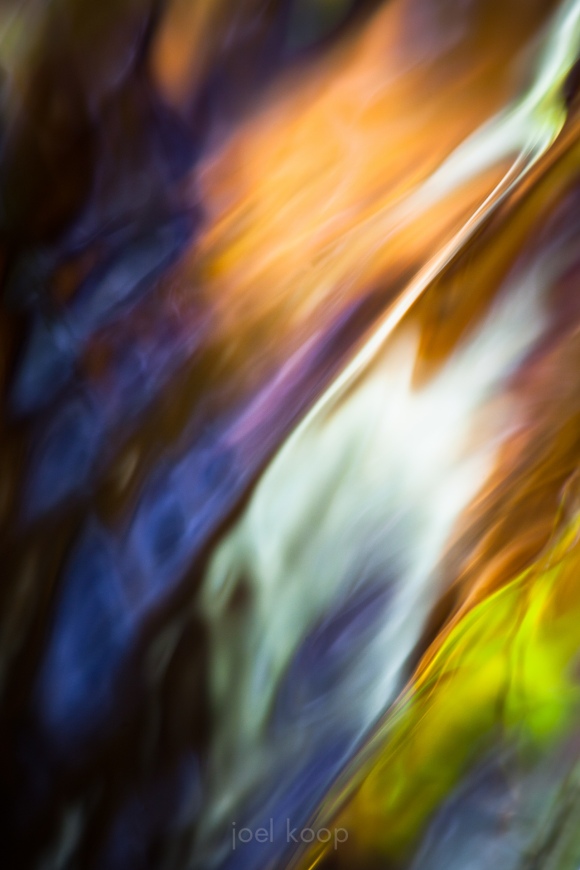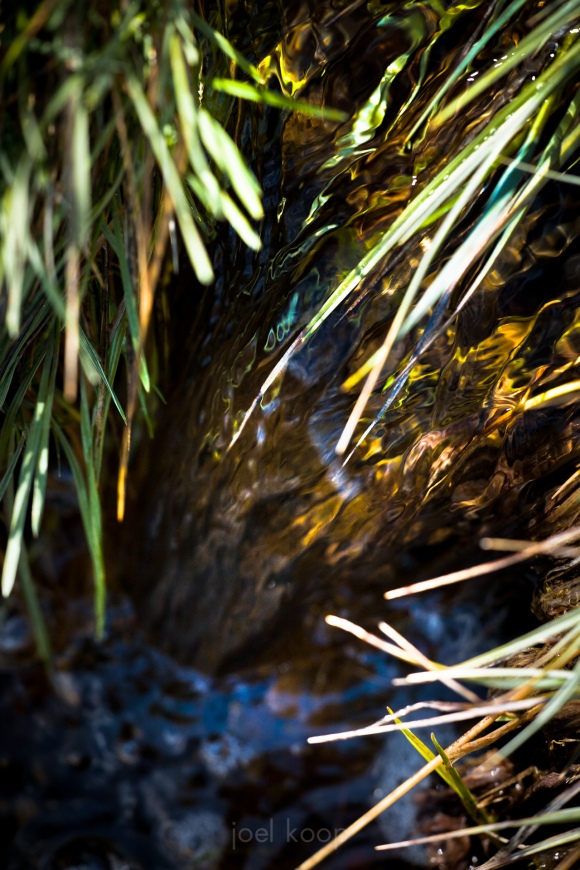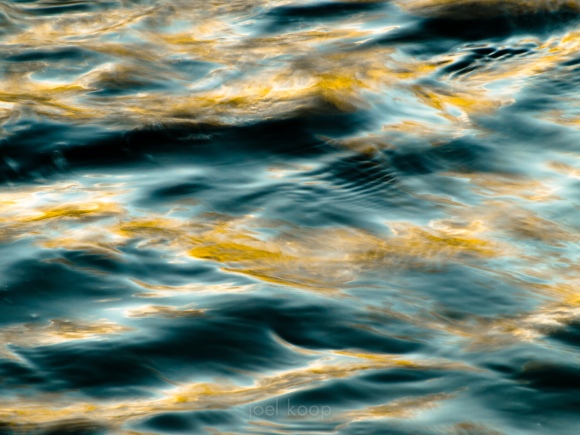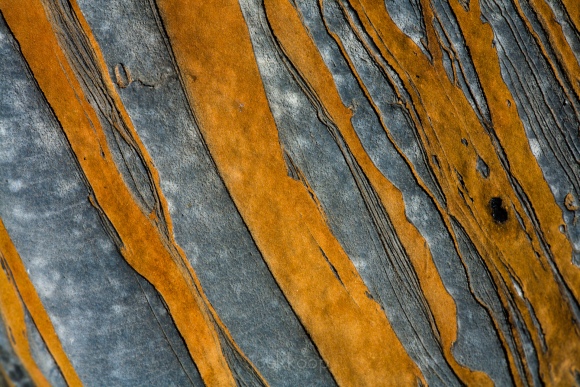Taken at Skookumchuck Narrows, BC.
300mm, f22, 1/8 of a second
Tag: abstract
Abstract Topography Through Reflection
Topographic maps are one of my favorite things in the world. They are so full of possibilities! Who knows what wonders await at every oxbow on a river, cove in a coastline or hidden canyon in a mountain range. So with that in mind, this is not so much a photo of reflections in water to me as much as an imaginary landscape where contour lines can overlap and anything is possible.
Abstract Geometric Nature Photography
Finally starting to make my way through photos from the last few trips. This is from Abraham Lake, which has been extensively photographed by many Alberta landscape photographers. It’s easy to come up with the standard compositions here, but it’s also easy to come up with new stuff. There’s just so much variety in the ice, water and rocks. These are methane bubbles from decomposing organic matter. The bubbles form in the ice as the water freezes layer by layer.
In a shot like this, composition is everything. It has to balance the visual weight of light and dark. The three smaller bubbles on the left have to balance with the two larger bubbles on the right. The negative space and positive space both have to be interesting — here the textures in the ice and bubbles add visual interest. And because it’s nature and you can never control it completely, there will always be random elements to deal with. In this picture, the shadow of something deeper lies near the top of the frame. I like the visual reminder that in photography, art is created between the artist and the subject: you never have complete control.
Abstract Oil Pipe Explained
At craft sales, I always have tags on the back of my photos with a title and short description. People seem to enjoy this, but sometimes a short tag is not enough. This photo, for instance, is only partially explained by the tag which says “Oilfield Remains”. So I often get questions, and I try to explain, but usually fail miserably. Well, here’s my (hopefully successful) explanation of the photo.
The story starts with me and Jason driving around the countryside finding nice things to take pictures of. This is a fairly common occurance in the life of a nature photographer. Oil rigs are also a fairly common occurance around Edmonton, so the two often coincide. We found this lovely oil rig just as the sun was setting, and of course I took the standard oil-rig-sunset shot which is the same as twenty billion other oil-rig-sunset shots. But hey, it gives me some context for the story.
Getting good photos means investigating things a little more, and while we’re wandering around the rig, we find (among other things) these random pieces of pipe on the ground. Rusty texture and curved lines catch my eye, and soon I’m down on the ground taking photos of this pipe elbow.
Well, in this photo there’s a bit too much going on for there to be a clear focal point, and the lines aren’t leading where they need to be leading. So I got a little closer, focused into the pipe, and took the photo you see at the top.
Fall Abstract
Abstract Water Photography Explorations
These photos were taken at the same place, facing the same direction, within 1 minute of each other. The difference is part of what fascinates me about water. Small changes in the viewing angle completely change the photo. The top photo is almost purely reflected light, while the bottom is a mix of reflected (which bounces off the water) and refracted (which goes through the water) light. Add to that the constant variability of the wind creating different wave patterns, flowing water creating more stable ripples or even falls, and you have a subject that never gets old. I find flat water like this a little bit harder to find compositions in. Waves from wind are transient enough that you don’t know exactly what you’re going to capture — you have a general idea, but the specifics are up to chance. Flowing water is much easier to compose, and you often get more interesting lines. Often these lines and ripples are stable enough that you can see exactly what you’re going to get. But to get refraction in flowing water, it has to be flowing pretty gently — this works best with quite small amounts of water. Otherwise you get whitewater (full of air bubbles), which is great in a completely different way.
These photos don’t have leading lines to add depth or direct they eye (which generally I prefer), but they do illustrate some of the possibilities.
Liquid Lens
Flowing Color
Because I’m sure most people will be wondering about this, here’s the explanation. The top photo is the same as the bottom, except that the top has a cropping and shutter speed that I’m much happier with. This shows a little bit of the exploration of a subject process I go through when I see something interesting. (if it’s not clear — it’s a mini waterfall in grass, about a foot high)
Taken at the Ya Ha Tinda ranch.
Moving Over the Surface of the Waters
Texture Photos
I’ve always taken texture photos. At first my excuse was that the texture would be useable in a design, as I was working as a designer at the time. I kept up this delusion for quite a while, meanwhile never using these photos in a design. Now I have no excuse. I just like taking texture photos. They rarely turn into something I’m happy with, but I take the photo regardless. Maybe it’s finding the pattern—the hunt for it that I enjoy. Maybe it’s finding the randomness in every pattern. I don’t know.
Here’s a rock I found on my hike to the Saskatchewan Glacier. I couldn’t resist the bright orange lines.
